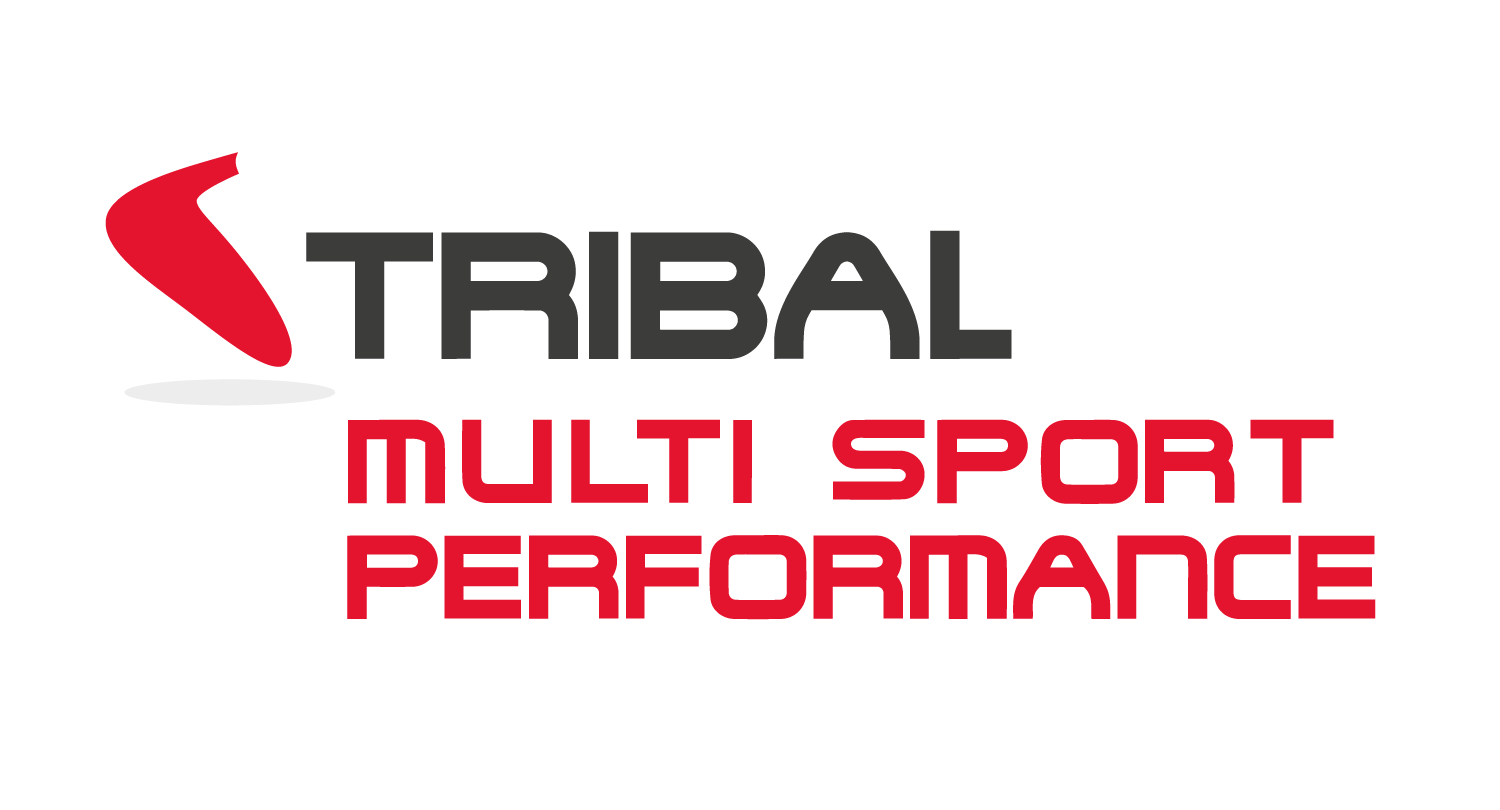Fat Adaptation
Becoming Fat Adapted
Fat is our primary fuel.
That said, in the 21st century it’s rare to find a fat burner among us. Most of us draw on sugar.
The problem with this is that we store limited amounts of glycogen (sugar) in our bodies – around 500g – or 2000kcal – of energy. (Your own capacity depends upon your size and lean mass.) So, when training and racing using glycogen as your fuel, you’ll quickly deplete your energy source.
Also, these rapidly diminishing glycogen reserves put sugar burners at greater risk of bonking or hitting the wall, a term for that feeling of running low on energy.
At this point, the body’s survival mechanism kicks in, creating a craving for sugary foods and energy drinks etc.
Also, sugar burners store, rather than burn, fats. A lean person carrying a bit of excess fat around the midriff is highly likely to be a sugar burner.
When testing a person’s metabolism at rest, I measure their respiratory quotient (RQ). This is the ratio of oxygen to carbon dioxide during respiration. The figure tells us what fuel that person uses for energy.
RQ of 0.7 indicates that 100% of energy is coming from fats. RQ of 0.85 indicates a 50/50% split between fats and carbohydrates. RQ of 1.0 and over means 100% of the energy is carbohydrates.
To achieve an RQ as close to 0.7 as possible, we follow a process called fat adaption. This:
- promotes the use of fat for energy at rest
- increases satiation from foods and decreases hunger
- decreases sugar cravings associated with metabolic health issues
- maintains a desirable body composition
- helps maintain your lean muscle mass through less catabolism
- saves glycogen reserves during training and racing so you can rely less on undesirable sports nutrition products
- reduces metabolic stress in training sessions, allowing for quick recovery
- makes post session satiation easier
Becoming fat adapted
To find out how the fat adaptation process works, watch this video.


